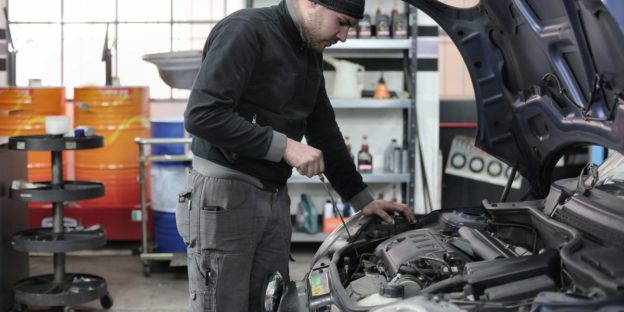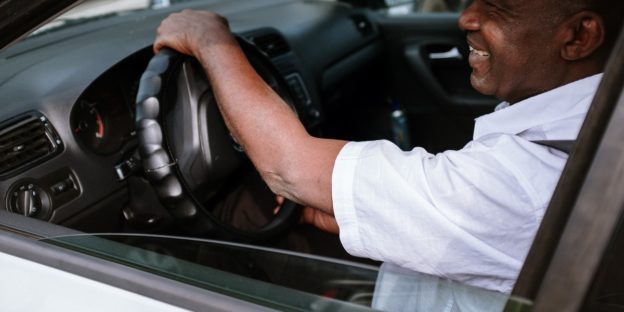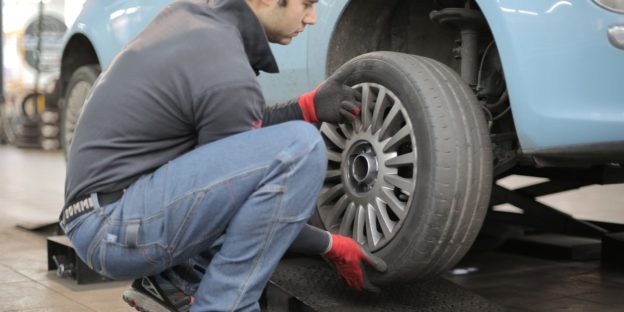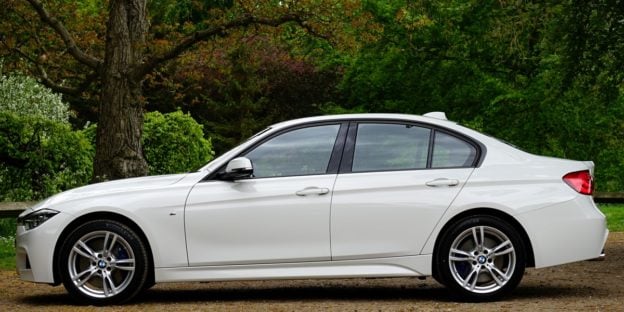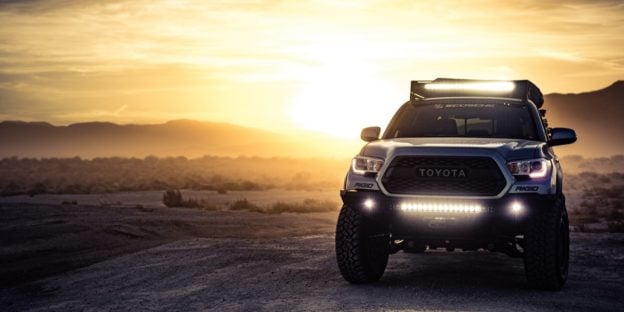Thinking about buying a used or repossessed vehicle? A careful evaluation will help you avoid hidden problems. This is especially important if you plan to buy a repo car, as these vehicles are sold as-is. In exchange for buying the car in its current condition, you’ll get a nice discount from the seller.
RepoFinder offers a huge directory of repossessed cars, trucks, SUVs and recreational vehicles at low prices. There is no middleman – the vehicles listed on our site are sold straight from the banks and credit unions. They’re highly motivated sellers who are often willing to negotiate.
As long as you do your research and perform an inspection before signing the paperwork, you should have no trouble finding a decent car at a great price. Below is the type of inspection you should do before buying a repo car.
Exterior
Check each panel carefully, along with the roof. It’s not uncommon for used vehicles to have some dents and scratches, but do pay attention to rust. Rust is a cause for concern because it eats away at the metal. The places to look for rust include the wheel wells, the panels beneath the doors and the door bottoms.
Open and close each door, including the hood and trunk. If anything seems loose, the car has likely had long use. Also look for shoddy repair work such as discolored paint, misaligned panels, large gaps or patched dents.
Glass
Look carefully at the glass to make sure there are no cracks. A small chip isn’t a cause for concern, though we still suggest bringing it up in negotiations. You’ll eventually have to replace the glass to prevent it from cracking further.
Suspension
Walk around the car to see if it’s sitting level. Push down on each corner. As long as the shock absorbers are in good condition, the car should rebound just once. Grab the top of each front tire and give it a tug. If you hear a clunking sound, it’s likely that the wheel bearings and suspension joints need replacing.
Lights and Lenses
Make sure all lights and reflectors are working properly. They should be in good condition with no fogging, cracking or moisture.
Tires
Even though you can replace tires easily, they can still tell you a lot about a car. A car with less than 20,000 miles should have its original tires. Cars that have low mileage and new tires are a red flag. The tires should also be the same brand with even treadwear across all four.
Interior
Now for the fun part – the interior of the car! Remove the floor mats and check for signs of water. Upholstery shouldn’t be ripped or worn, especially in a newer car. The pedals should be in good condition, and all of the instruments and controls should work accordingly. If you’re able to turn on the engine, make sure the AC and heat work.
By performing a detailed inspection, you can catch hidden problems with your vehicle. When you shop for a car with RepoFinder, you’ll have access to tons of cars in good condition! Communicate with the seller to schedule an inspection. And, if you’re not comfortable doing the inspection on your own, bring along a mechanic or knowledgeable friend.


